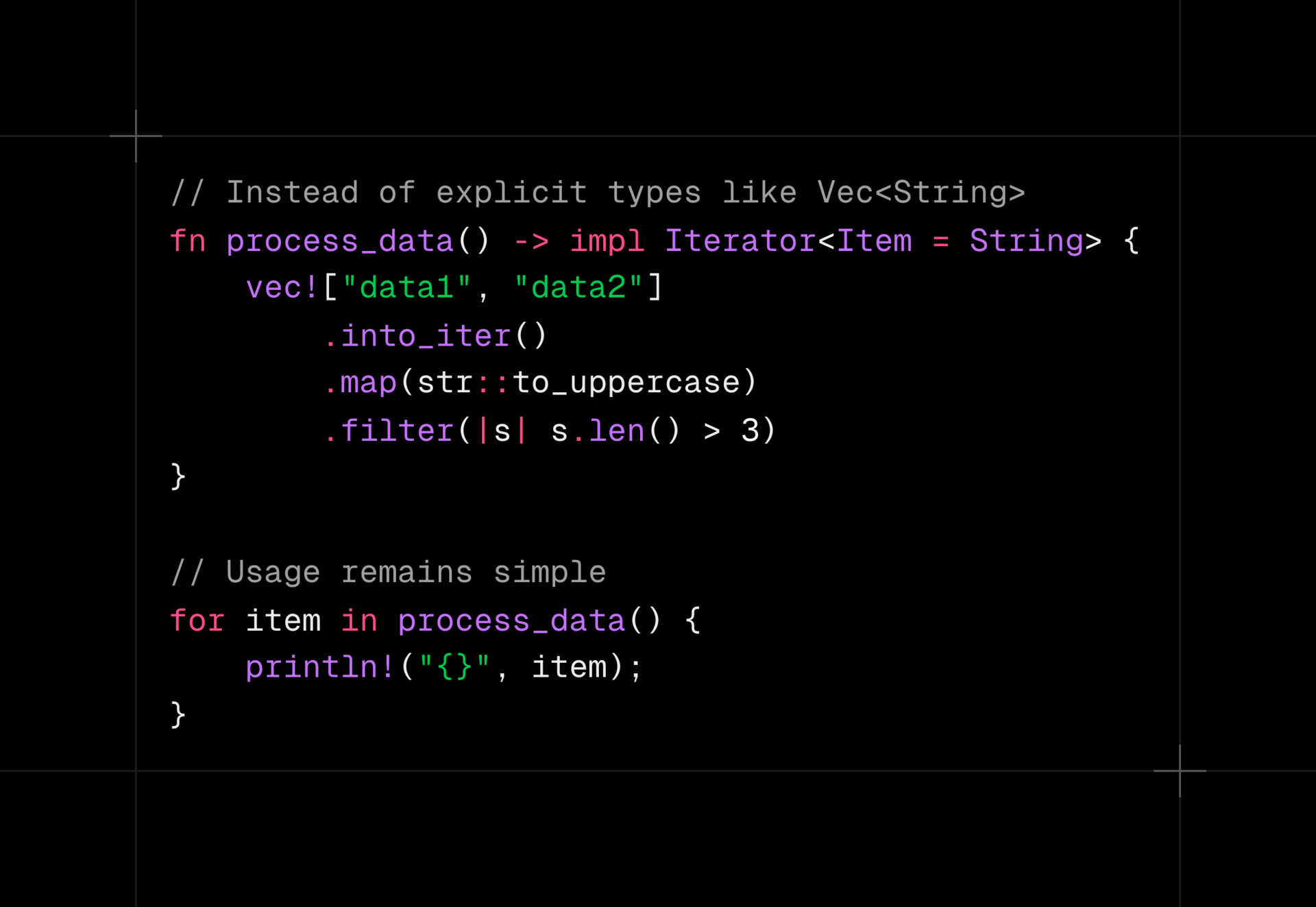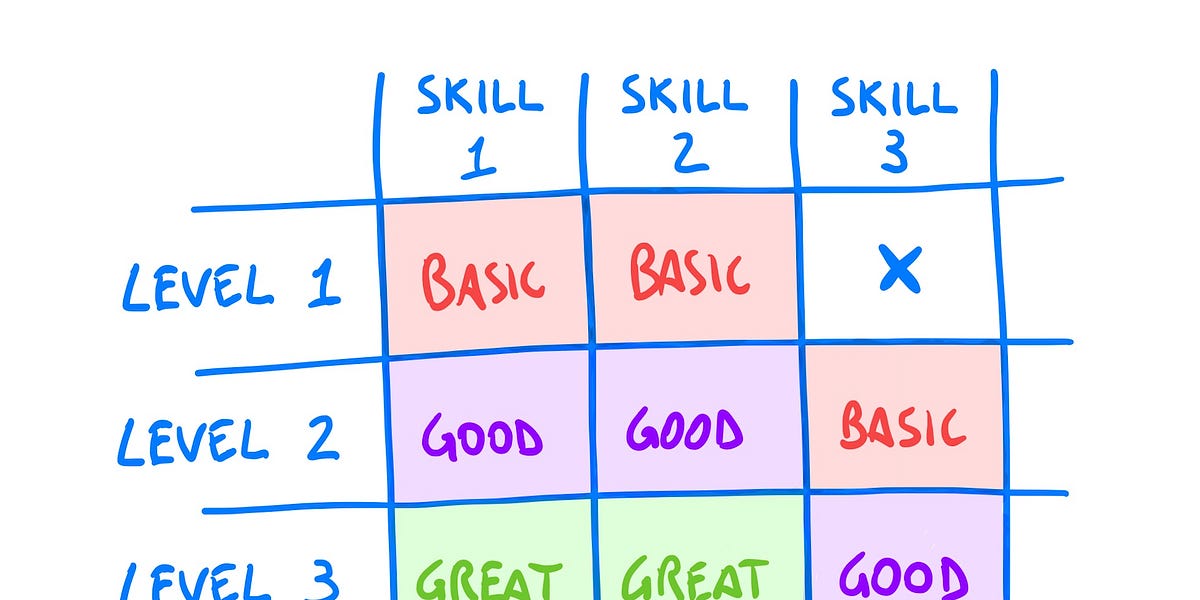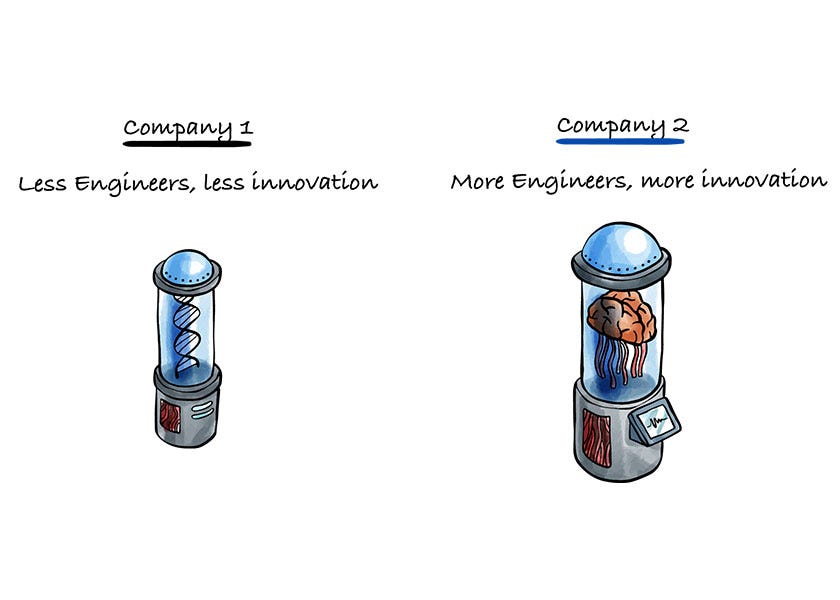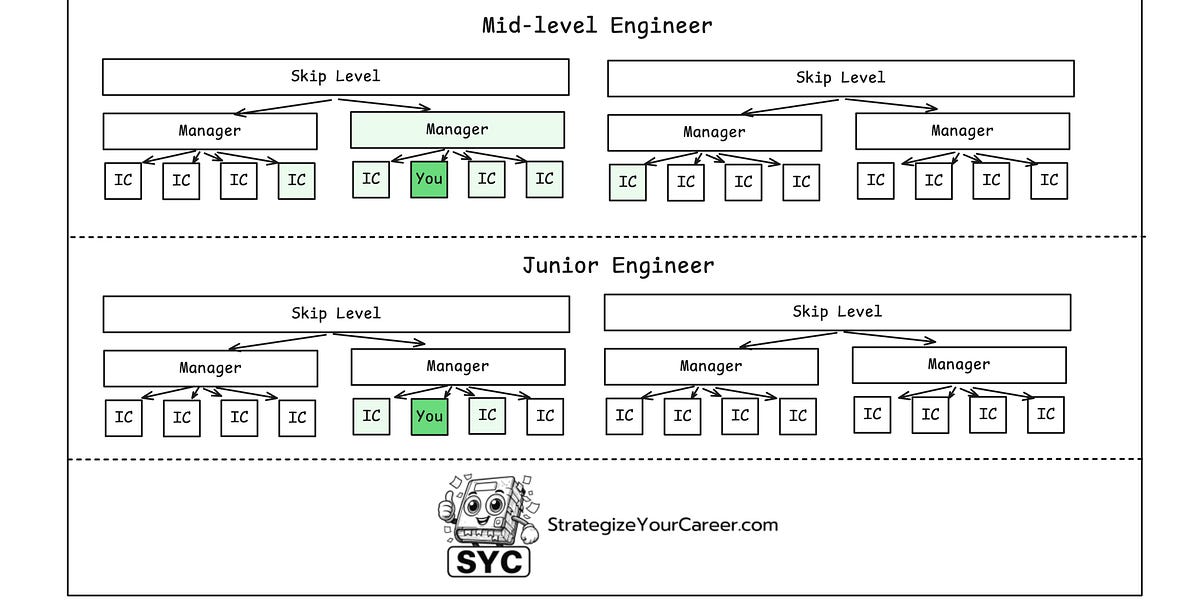Today’s issue of Hungry Minds is brought to you by:

Happy Monday! ☀️
Welcome to the 461 new hungry minds who have joined us since last Monday!
If you aren't subscribed yet, join smart, curious, and hungry folks by subscribing here.

📚 Software Engineering Articles
Four promotions are all you need to reach Staff+ level
Five impactful books that transformed a CTO's career
Learn efficient geohashing for location-based data structures
Vercel's revolutionary serverless servers change cloud computing
Modern CSS capabilities might eliminate the need for SPAs
🗞️ Tech and AI Trends
Neuralink joins research to develop bionic eye technology
Revolutionary HIV prevention drug shows 100% effectiveness
Humanoid robot becomes affordable at under $6,000
👨🏻💻 Coding Tip
Use Rust's impl Trait for zero-cost abstractions in complex iterator chains
Time-to-digest: 5 minutes
Big thanks to our partners for keeping this newsletter free.
If you have a second, clicking the ad below helps us a ton—and who knows, you might find something you love. 💚
CodeRabbit is an AI code reviewer with a multi-layered approach to context preparation that addresses code quality challenges for orgs and delivers consistently high-quality code reviews.
CodeRabbit doesn’t just point out issues; it delivers context-aware reviews on PRs, suggests 1-click fixes, and explains the reasoning behind the suggestions.
Learn more about context engineering for AI code reviews and how you can cut code review time in half with CodeRabbit.

Amazon S3 powers countless applications by storing trillions of objects. While eventual consistency is simpler to implement in distributed systems, S3 managed to achieve strong consistency without sacrificing its legendary performance and availability.
The challenge: Building a strongly consistent object storage system that can handle 10M requests/second across 100T objects while maintaining sub-millisecond latency.
Implementation highlights:
Write-through caching: Updates cache first, then metadata store synchronously to prevent stale data
Witness service: Lightweight in-memory component that tracks latest versions and validates cache freshness
Transaction logging: Maintains operation order in metadata store to verify consistency
Smart read path: Queries cache first, validates with witness, falls back to metadata store if needed
Horizontal scaling: Distributes witness servers and handles failures through quick replacements and traffic redistribution
Results and learnings:
Achieved strong read-after-write consistency without compromising performance
Handles 10M requests/second across 100T objects
Simplified application logic by handling consistency at the storage layer
S3's approach shows that with clever architecture choices, you can achieve both strong consistency and massive scale. It's proof that sometimes the best solutions come from combining simple ideas in smart ways.

ESSENTIAL (lazy genius vibes)
The Case For Being Lazy
GITHUB REPO (code whisperer)
Qwen3-Coder is the code version of Qwen3
GITHUB REPO (chefGPT)
Examples and tutorials to help developers build AI systems
GITHUB REPO (sneaky telemetry)
Performance and Telemetry Analysis of Trae IDE
ARTICLE (SPA funeral)
It's time for modern CSS to kill the SPA
ARTICLE (date-night disaster)
Never write your own Date Parsing Library
ARTICLE (svg-party-tricks)
A Friendly Introduction to SVG
ARTICLE (robot overlords 101)
Six Principles for Production AI Agents
ARTICLE (focus-fail)
When Software Engineers Think They Need More Focus Time
ARTICLE (serverless sorcery)
Fluid compute: How we built serverless servers
Want to reach 190,000+ engineers?
Let’s work together! Whether it’s your product, service, or event, we’d love to help you connect with this awesome community.

Brief: Elon Musk’s Neuralink partners with researchers to develop a bionic eye, aiming to restore or enhance vision using brain-computer interface technology.
Brief: The FDA has approved lenacapavir (Yeztugo), the first twice-yearly injectable HIV prevention drug with 100% efficacy, while Gilead waives royalties to expand global access in high-risk regions.
Brief: Chinese robotics firm Unitree unveils R1, a humanoid robot priced below $6,000, aiming to accelerate affordable automation in industries and homes.
Brief: Design software giant Figma surges to a $68B market cap in its NYSE debut, defying expectations after its $20B Adobe deal collapsed in 2023 due to antitrust concerns.
Brief: Coinbase plans to launch tokenized stocks, derivatives, and prediction markets in the US within months, aiming to become a one-stop on-chain trading platform amid regulatory shifts.

This week’s coding challenge:
This week’s tip:
Use Rust's zero-cost abstractions with impl Trait to maintain performance while hiding complex types. This pattern allows you to return complex iterator chains or closures without explicitly typing them, while still generating optimal code at compile time.

Wen?
Complex iterator chains: Hide multi-step transformations behind a clean interface while maintaining zero-cost abstraction.
Return type flexibility: Allow internal implementation changes without affecting public API signatures.
Generic code optimization: Enable the compiler to monomorphize and inline code across abstraction boundaries for maximum performance.
“There is an essence that when you are fearless, you become more creative.”
Gurbaksh Chahal


That’s it for today! ☀️
Enjoyed this issue? Send it to your friends here to sign up, or share it on Twitter!
If you want to submit a section to the newsletter or tell us what you think about today’s issue, reply to this email or DM me on Twitter! 🐦
Thanks for spending part of your Monday morning with Hungry Minds.
See you in a week — Alex.
Icons by Icons8.
*I may earn a commission if you get a subscription through the links marked with “aff.” (at no extra cost to you).








